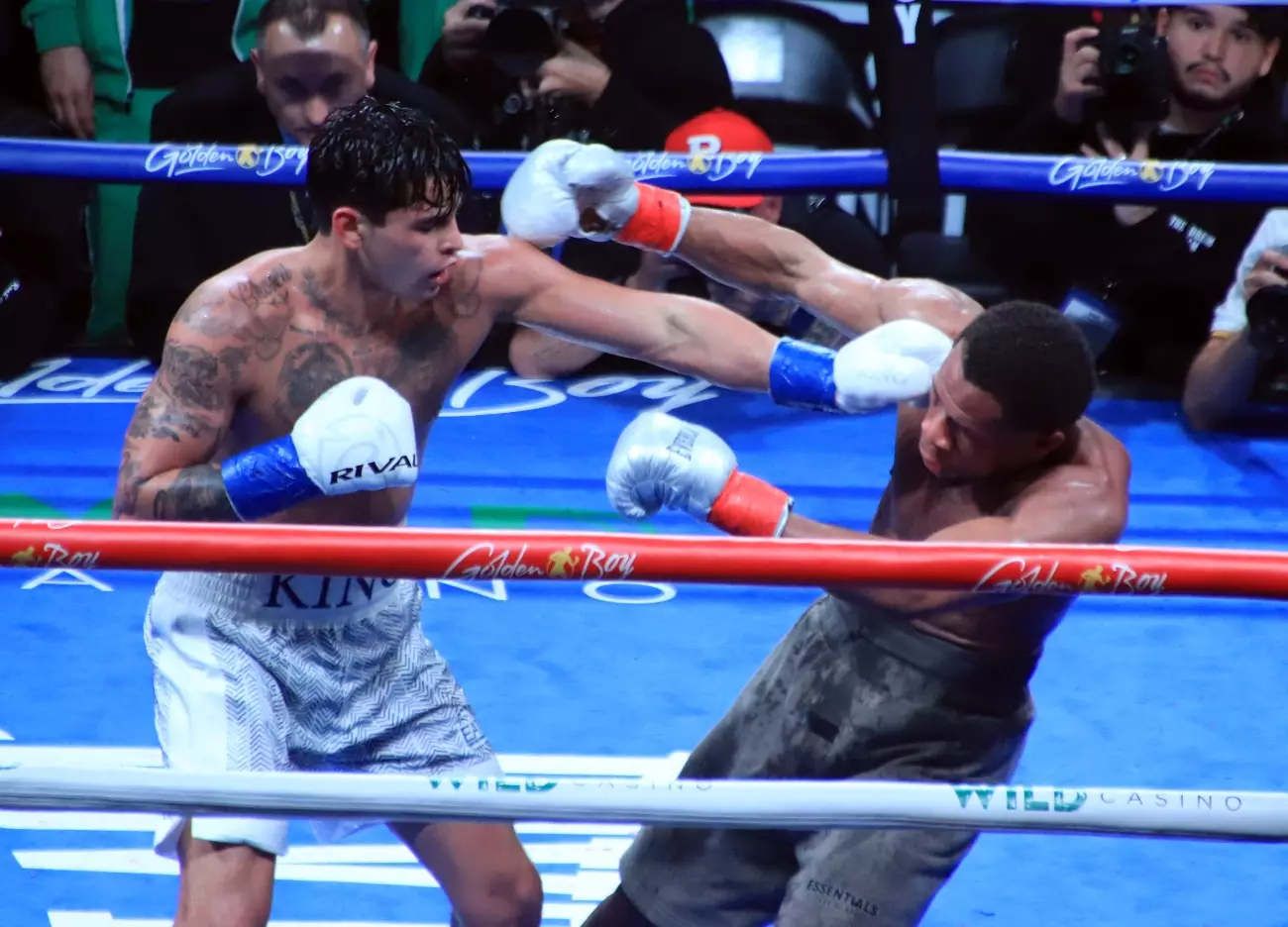Boxing has long been a sport steeped in tradition, where legacy and prowess collide in the ring. However, one of the most contentious aspects of the sport remains the establishment of rankings, particularly when it comes to the coveted pound-for-pound (P4P) list. With numerous boxing publications offering their assessments, distinguishing credible rankings from mere opinions can be a nuanced task. Recently, Ring Magazine – often dubbed “The Bible of Boxing” – released its latest P4P rankings, soliciting debate and discussion within the boxing community.
Current Top 10 Rankings: An Overview
According to Ring Magazine’s latest compilation, the top ten pound-for-pound boxers are as follows:
1. Oleksandr Usyk – Heavyweight
2. Naoya Inoue – Super Bantamweight
3. Terence Crawford – Super Welterweight
4. Artur Beterbiev – Light Heavyweight
5. Dmitry Bivol – Light Heavyweight
6. Canelo Alvarez – Super Middleweight
7. Jesse “Bam” Rodriguez – Super Flyweight
8. Gervonta “Tank” Davis – Lightweight
9. Junto Nakatani – Bantamweight
10. Devin Haney – Super Lightweight
At first glance, the rankings reflect a blend of performance, talent, and championship status. It is generally accepted that Usyk’s remarkable feats, including his successful campaign in the heavyweight division, place him firmly at the top. Nevertheless, the rankings spark dialogue, with some boxing aficionados believing that fighters like Crawford or Inoue also possess valid claims to the number one spot.
The world of boxing is rife with contrasting opinions, and the generation of rankings is no exception. The allure associated with a pound-for-pound title generates fierce loyalty from fan bases, often leading to heated debates over placements. Take the case of Devin Haney, who faced a contentious match against Ryan Garcia that was ultimately ruled a no-contest due to Garcia’s positive drug test. Such circumstances muddle the assessment of Haney’s status, as the question remains: does one poor fight tarnish an otherwise commendable record, or does it highlight the volatility of assessing talent?
Conversely, champions from various divisions bring their respective accomplishments to the table, adding layers of complexity to the ranking process. While Beterbiev and Bivol’s simultaneous dominance in the light heavyweight class could bolster discussions surrounding their spot in the rankings, it may also bring concerns of splitting the voter base, raising requisite questions about relative merit and criteria in such decisions.
What makes boxing rankings so fascinating is that they are not static; they constantly evolve based on fighters’ performances, injuries, and outside factors, like legal issues or disciplinary actions. The sport thrives on its narratives—both the tales within the ring and the broader implications of those stories as they translate to rankings.
As boxing enthusiasts dissect these rankings, one must consider that while rankings provide a snapshot of standing at a specific moment, they are ultimately based on subjective perceptions of fighter abilities and recent performances. Hence, each new list fosters an engaging discussion, driving fans to continue debating the strengths of their favorite fighters.
Ring Magazine’s latest pound-for-pound rankings are reflective of the volatile and often subjective nature of boxing assessments. They provoke thoughts about fairness, talent, and legacy, raising questions about what truly shapes a fighter’s worth in the boxing world. Ultimately, as fans hash out their favorite pound-for-pound champions, the rankings ignite a flame that pays homage to the sport’s rich history and its undeniable modern-day drama.

